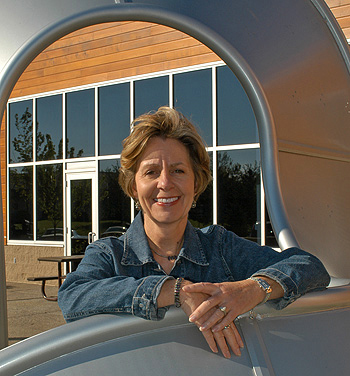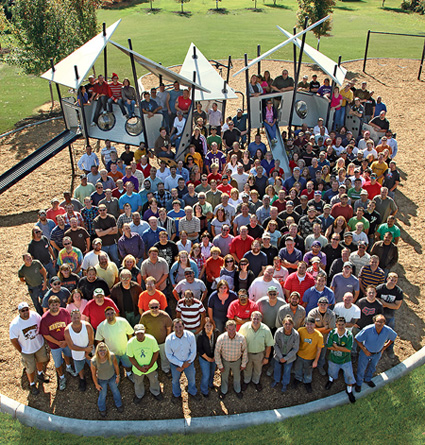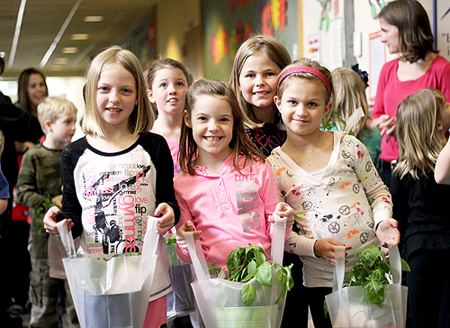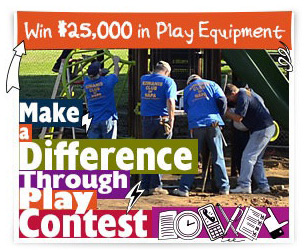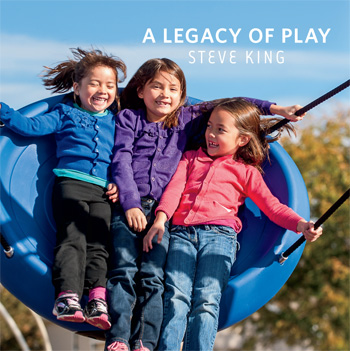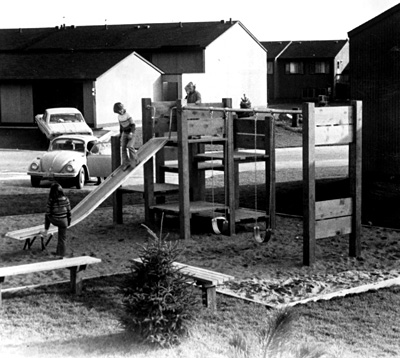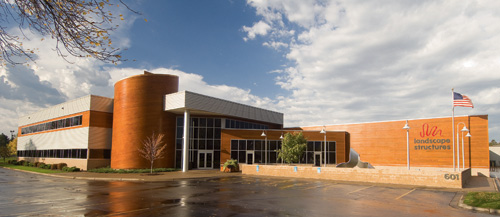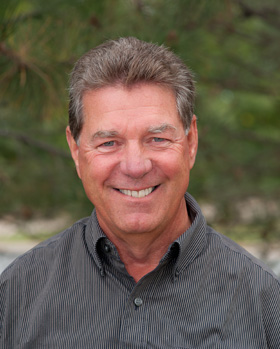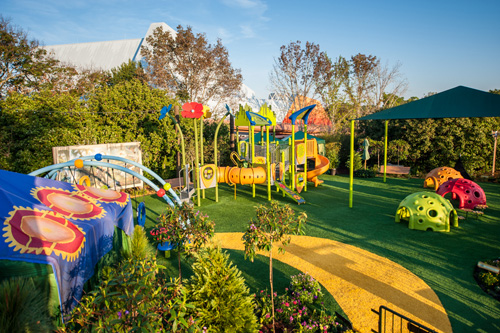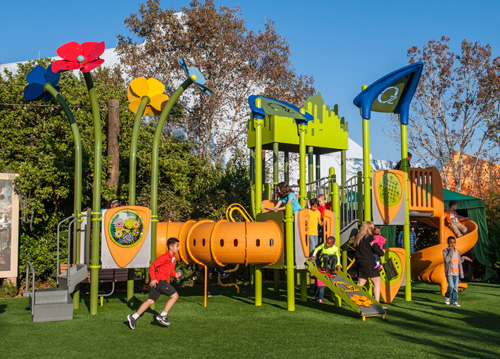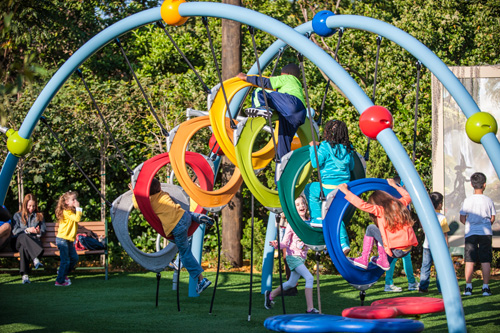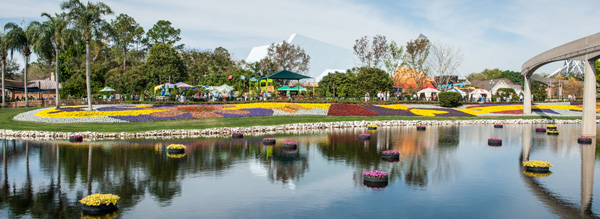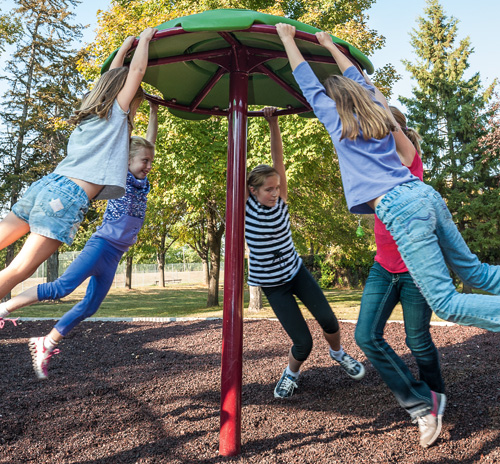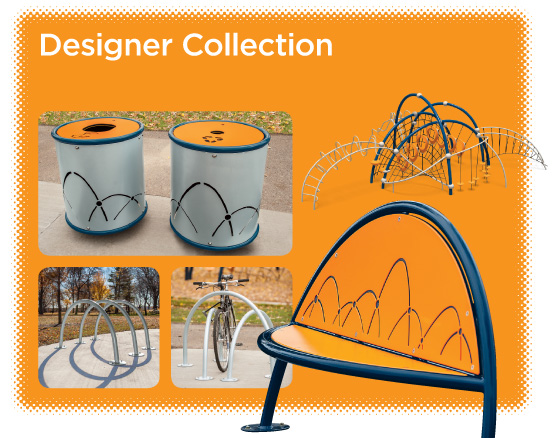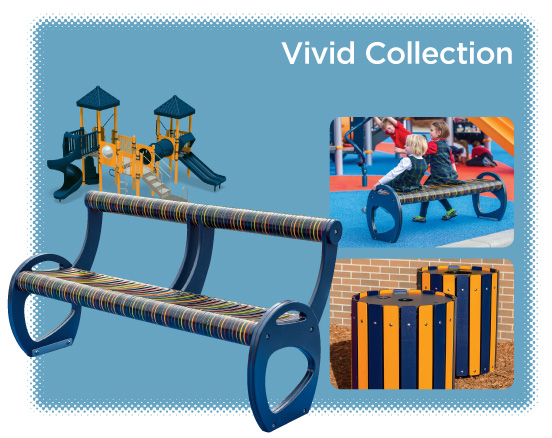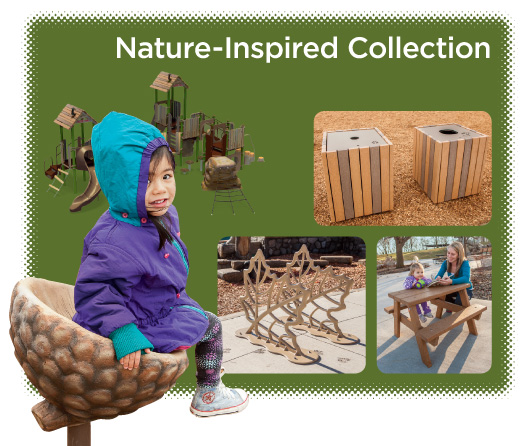The grand prize recipient of the School Grounds. Playgrounds. Common Ground.® contest, Thornton Creek Elementary School in Novi, Mich., celebrated the completion of their new inclusive playground with a grand opening on Thursday, May 23. The school received $50,000 in inclusive playground equipment from the Landscape Structures- and NAESP Foundation-sponsored contest, plus a playground committee spearheaded some major fundraising efforts in order to design a truly inclusive playground for students.
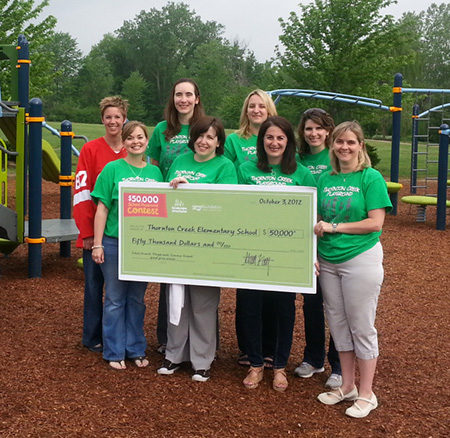
Thornton Creek Elementary School playground committee
Thornton Creek Elementary School’s new playground features an inclusive design that focuses on bringing children of all abilities together to learn, play and grow. A PlayBooster® playstructure was included in the design along with inclusive and sensory-focused freestanding components like the Cozy Dome®, OmniSpin® spinner, Oodle® Swing and We-saw™. Thornton Creek Elementary School’s new playground will welcome children of all abilities as well as serve as an outdoor classroom to help students develop their social, problem solving and gross motor skills.
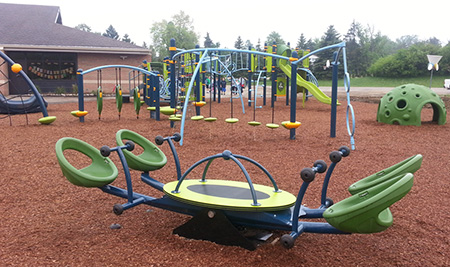
Thornton Creek Elementary School’s new inclusive playground
The grand opening included a ribbon-cutting ceremony with all of the students. Classrooms that raised the top fundraising dollars were honored and allowed the “first play” opportunity on the new playground followed by other classrooms throughout the morning. Congratulations to the entire school community for providing a place where kids of all abilities can play together!

